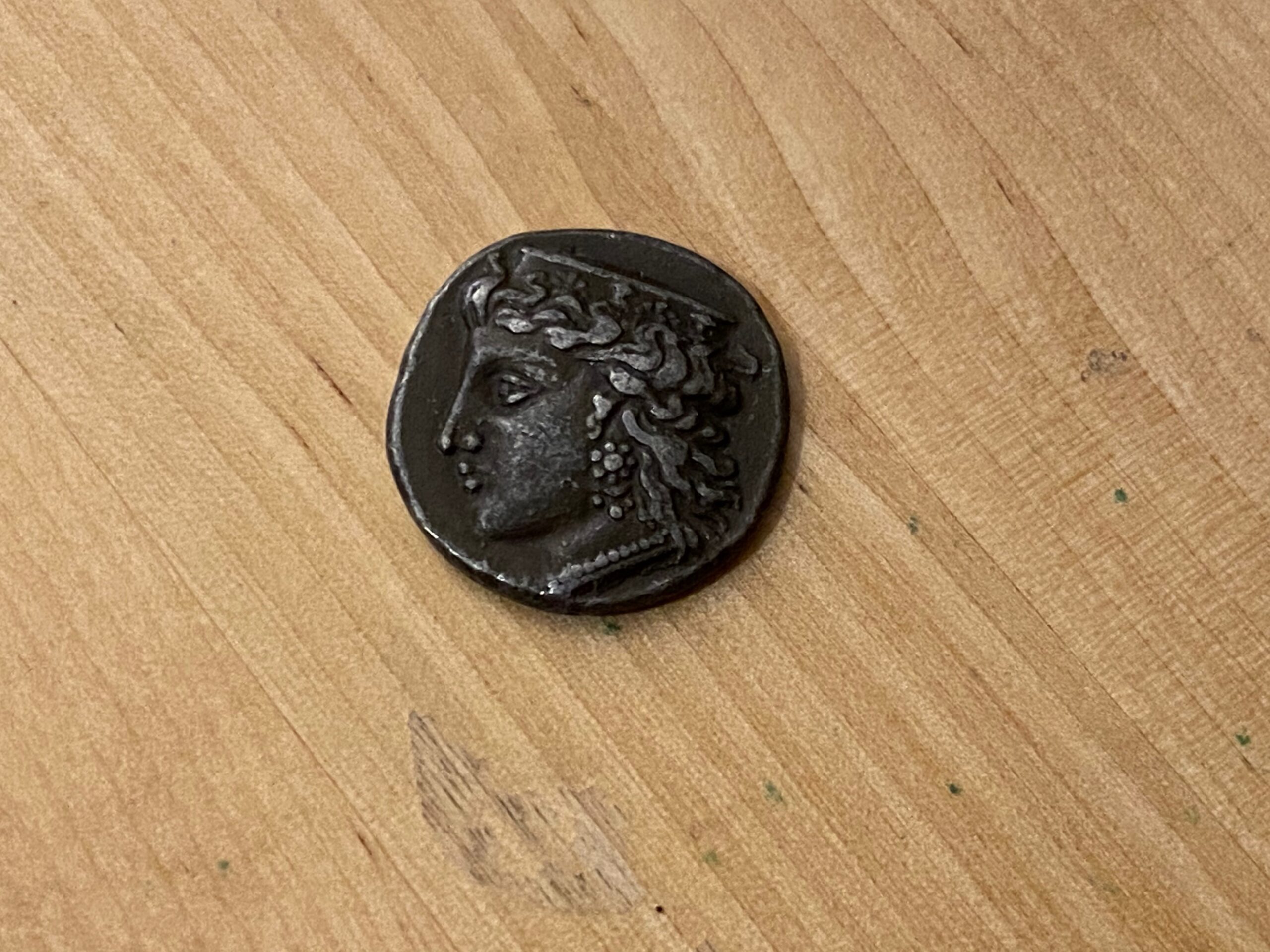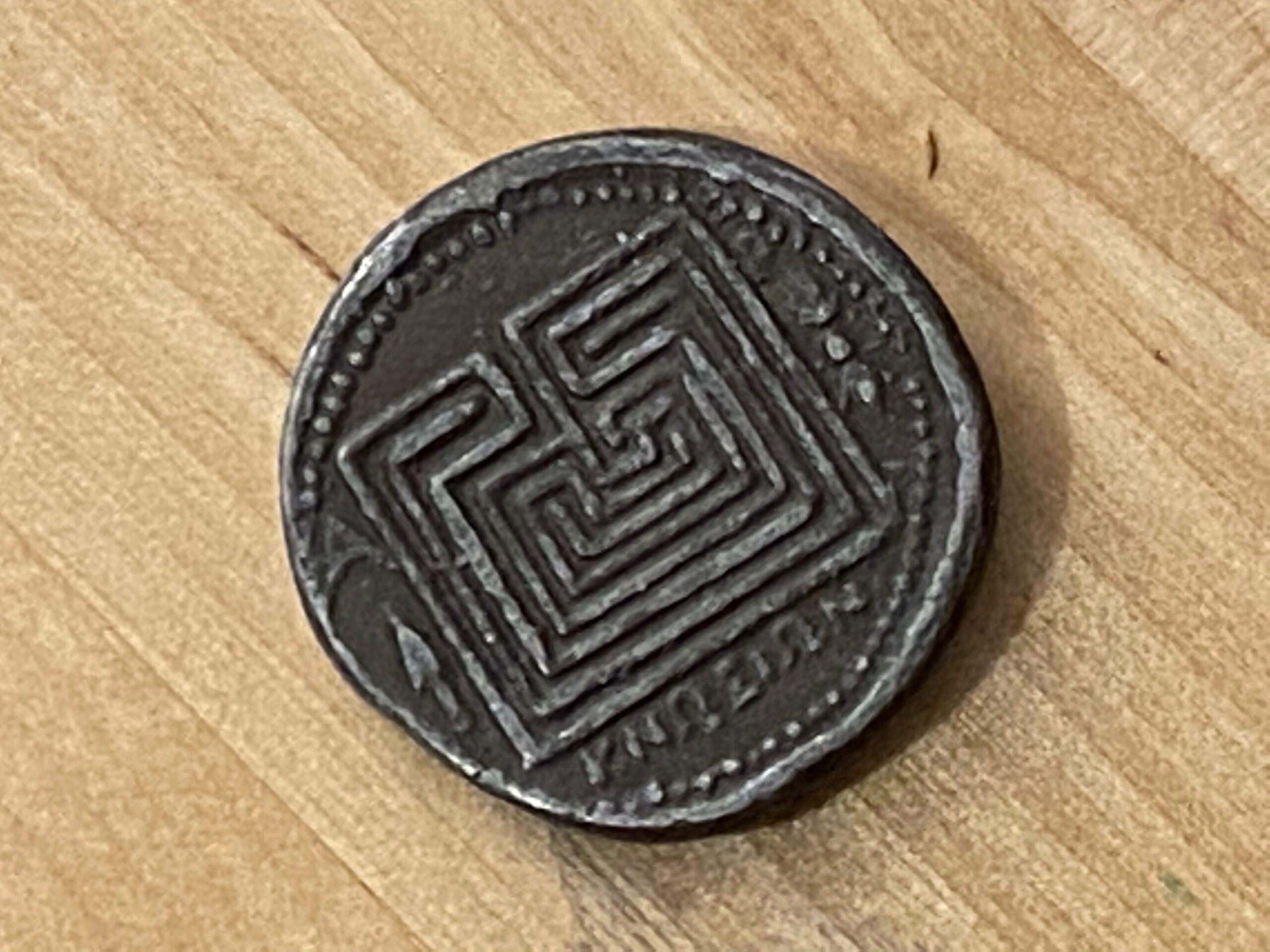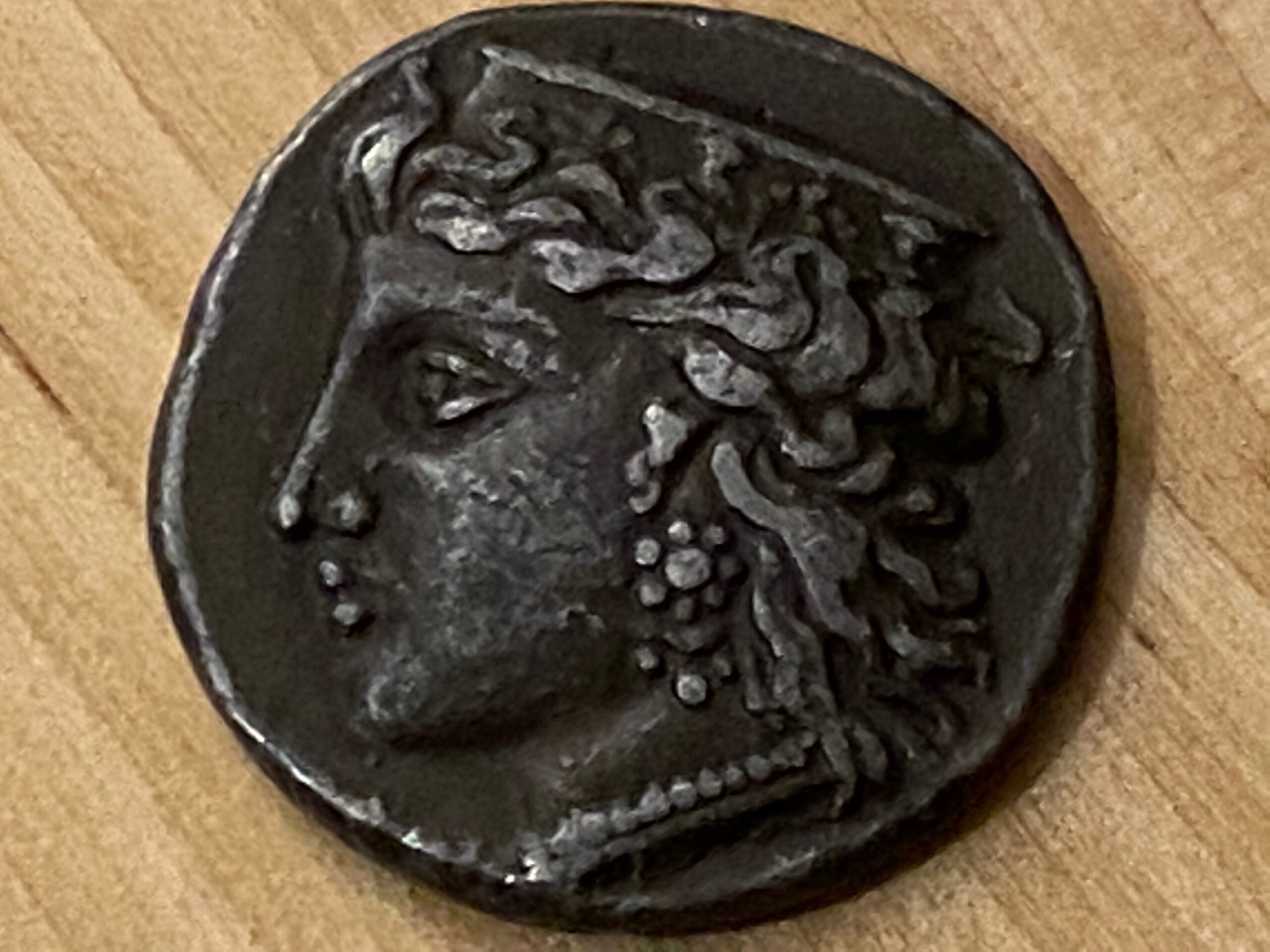Vintage faux-antique coin from Greece: 542,300 ppm Lead [54%] + 2,144 Cadmium + 2,705 Antimony. Bad news all around.

 Faux-Antique Greek Coin
Faux-Antique Greek Coin
The owner of this coin told me she got it at a shop in Greece. She said there was a bowl of them at the shop and the owner of the shop was giving them away to patrons of his shop as a souvenir.
Souvenirs like this are especially concerning as the owner is likely to use it as a “good luck charm” or fidget – keeping it in their pocket or holding it in their hand, either of which could contribute to significant Lead exposure – depending on the habits of the owner. They are also concerning as they are the sort of thing one might give to a child, or hand down to a child.
XRF reading for the faux-antique coin from Greece pictured here:
- Lead (Pb): 542,300 +/- 54,000 ppm
- Cadmium (Cd): 2,144 +/- 324 ppm
- Antimony (Sb): 2,705 +/- 387 ppm
- Bromine (Br): 1,346 +/- 344 ppm
- Tin (Sn): 131,400 +/- 13,000 ppm
- Gold (Au): 1,282 +/- 253 ppm
- Copper (Cu): 45,300 +/- 4,600 ppm
- Vanadium (V): 5,148 +/- 1,580 ppm
- Chlorine (Cl): 33,800 +/- 11,000 ppm
Some additional reading that may be of interest:
- More coins we have tested and reported on (there are ten examples up on the website right now, make sure to click “next page” after you have checked out the first 8!)
- Some examples of coins that tested positive for Arsenic
- Some examples of coins that tested positive for Lead
- Some examples of coins that tested positive for Cadmium
- Some examples of coins that tested positive for Mercury
- Some examples of coins that tested positive for Antimony
As always, please let me know if you have any questions, I will do my best to answer them personally as soon as I have a kid-free moment. Thank you for reading and for sharing articles from LeadSafeMama.com / TamaraRubin.com.
Tamara Rubin
Owner – Lead Safe Mama, LLC
#LeadSafeMama
Amazon links are affiliate links. If you purchase something after clicking on a Lead Safe Mama, LLC affiliate link we may receive a percentage of what you spend at no extra cost to you.
- Here’s the post which discusses in detail the testing methodology used on this website.
- Click here to see more souvenirs I have tested.
Never Miss an Important Article Again!
Join our Email List



